Muhammad Shahbaz Khan
Efficient IoT Intrusion Detection with an Improved Attention-Based CNN-BiLSTM Architecture
Mar 25, 2025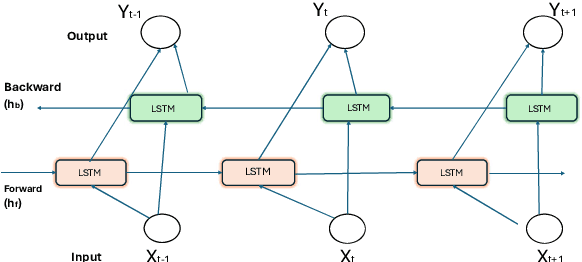
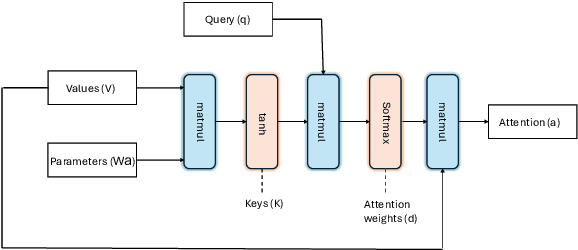


Abstract:The ever-increasing security vulnerabilities in the Internet-of-Things (IoT) systems require improved threat detection approaches. This paper presents a compact and efficient approach to detect botnet attacks by employing an integrated approach that consists of traffic pattern analysis, temporal support learning, and focused feature extraction. The proposed attention-based model benefits from a hybrid CNN-BiLSTM architecture and achieves 99% classification accuracy in detecting botnet attacks utilizing the N-BaIoT dataset, while maintaining high precision and recall across various scenarios. The proposed model's performance is further validated by key parameters, such as Mathews Correlation Coefficient and Cohen's kappa Correlation Coefficient. The close-to-ideal results for these parameters demonstrate the proposed model's ability to detect botnet attacks accurately and efficiently in practical settings and on unseen data. The proposed model proved to be a powerful defense mechanism for IoT networks to face emerging security challenges.
Optimizing Fire Safety: Reducing False Alarms Using Advanced Machine Learning Techniques
Mar 13, 2025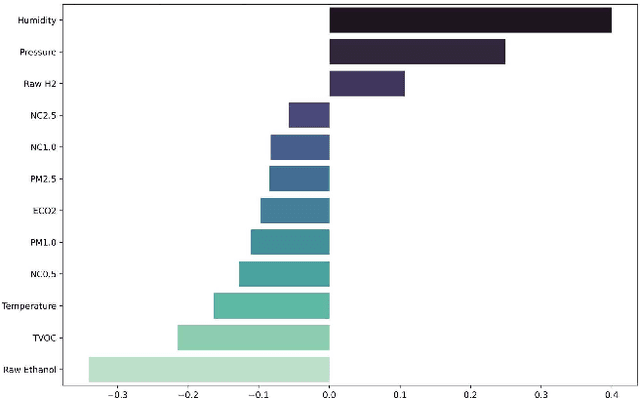
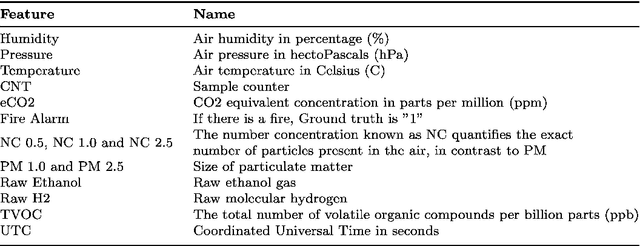
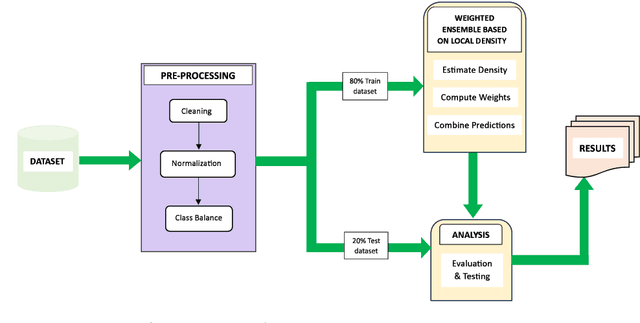
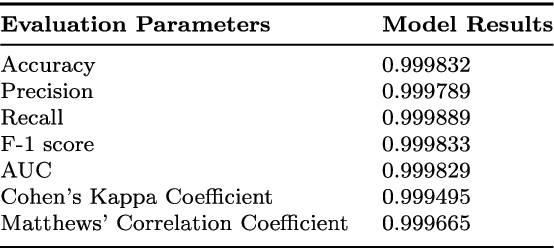
Abstract:Fire safety practices are important to reduce the extent of destruction caused by fire. While smoke alarms help save lives, firefighters struggle with the increasing number of false alarms. This paper presents a precise and efficient Weighted ensemble model for decreasing false alarms. It estimates the density, computes weights according to the high and low-density regions, forwards the high region weights to KNN and low region weights to XGBoost and combines the predictions. The proposed model is effective at reducing response time, increasing fire safety, and minimizing the damage that fires cause. A specifically designed dataset for smoke detection is utilized to test the proposed model. In addition, a variety of ML models, such as Logistic Regression (LR), Decision Tree (DT), Random Forest (RF), Nai:ve Bayes (NB), K-Nearest Neighbour (KNN), Support Vector Machine (SVM), Extreme Gradient Boosting (XGBoost), Adaptive Boosting (ADAB), have also been utilized. To maximize the use of the smoke detection dataset, all the algorithms utilize the SMOTE re-sampling technique. After evaluating the assessment criteria, this paper presents a concise summary of the comprehensive findings obtained by comparing the outcomes of all models.
A Single Channel-Based Neonatal Sleep-Wake Classification using Hjorth Parameters and Improved Gradient Boosting
Aug 15, 2024Abstract:Sleep plays a crucial role in neonatal development. Monitoring the sleep patterns in neonates in a Neonatal Intensive Care Unit (NICU) is imperative for understanding the maturation process. While polysomnography (PSG) is considered the best practice for sleep classification, its expense and reliance on human annotation pose challenges. Existing research often relies on multichannel EEG signals; however, concerns arise regarding the vulnerability of neonates and the potential impact on their sleep quality. This paper introduces a novel approach to neonatal sleep stage classification using a single-channel gradient boosting algorithm with Hjorth features. The gradient boosting parameters are fine-tuned using random search cross-validation (randomsearchCV), achieving an accuracy of 82.35% for neonatal sleep-wake classification. Validation is conducted through 5-fold cross-validation. The proposed algorithm not only enhances existing neonatal sleep algorithms but also opens avenues for broader applications.
 Add to Chrome
Add to Chrome Add to Firefox
Add to Firefox Add to Edge
Add to Edge